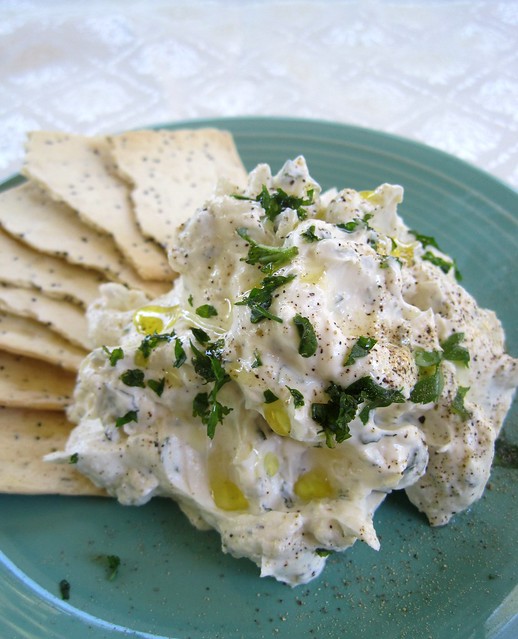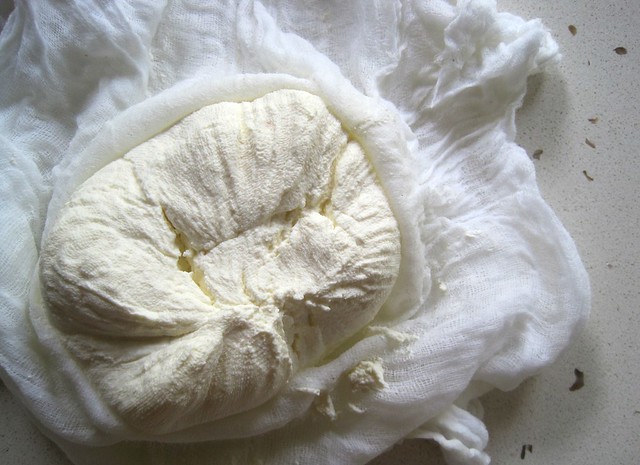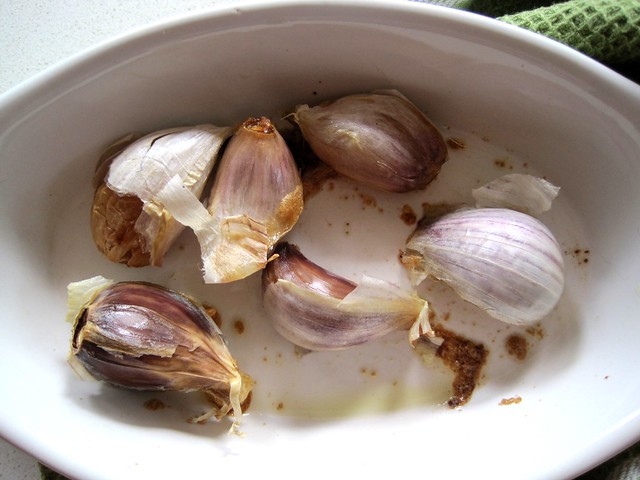Friday, November 5, 2010
Made in Italy
I often wish I was apart of a huge Italian family, where the nonna comes around weekly to stock the fridges up with containers of spaghetti bolognese while hundreds of her grandchildren are in the backyard making bottles of pasata by pushing endless piles of tomatoes through a sieve. Although my mum makes a really good lasagne, I feel like I'm missing out on being apart of a culture that lives and breathes food.
I've watched enough episodes of Jamie Oliver traipsing around Florence to know that Italian's are serious about their produce - not only where it comes from but how it's made. I like the fact that spending an afternoon rolling out gnocchi is the norm for them. In their eyes, making a meal any other way than from scratch would be blasphemous. I'm not going to lie, even though poor old Josie in Looking for Alibrandi resents her intensely Italian heritage, I kinda crave it. Maybe this explains why I put so much garlic in my food (sorry friends).
A few months back I bought muslin with the intention of making my own cheese. And so I chanelled my inner Italian and decided to make labneh - a thick cheese traditionally from the Middle East, but adapted by all cultures, which is made out of strained yoghurt and flavoured with whatever you like. It is absolutely delicious smeared on pita bread or rolled into bite sized balls and eaten as part of a glorious anitpasti, perhaps whilst watching the soccer and talking the ears off anyone who will listen.
Labneh
Makes just over 1 cup
500g thick, plain yoghurt
Piece of muslin (cheesecloth)
7 cloves of garlic
Handful of herbs - I used parsely, lemon thyme, oregano, mint
Salt
Pepper
Olive oil
Place a sieve over a large bowl. The bowl is needed to catch any whey that drains out of the yoghurt. In the sieve lay down the muslin, which has been folded over once or twice to form a large square of fabric. Pour the yoghurt into the centre of the square and bring the four corners of the fabric together to enclose the yoghurt in the muslin. Tie the yoghurt up with string or clips, keeping it in a tight ball. Leave resting in the sieve over the bowl for 1-4 days. The longer you leave it to strain, the drier your cheese will be (you can put a teaspoon of salt into the yoghurt before placing in muslin to encourage the moisture to dry out).
After a few days of draining remove from muslin and place in a bowl. Mix in any flavours you like. I decided to add fresh herbs, lots of pepper and salt and garlic. I like to roast the garlic on a low heat for about an hour and then roughly mush it up and add to the cheese. Seven cloves of garlic may be excessive but when you roast the garlic it becomes mild and sweet and irresistable. Depending on how dry the mixture is you can serve it rolled into balls or just as a thick cheese with a consistency similar to cream cheese, ready to grab a cracker and dip in.
Subscribe to:
Post Comments (Atom)




No comments:
Post a Comment